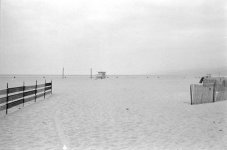amyukie
Member
Fotohuis, thanks for the input. I will try again with 1:50 dilution and less agitation as you said. Will post pictures afterwards.
BobYil, thanks! I took them with Arista Prem 400. I haven't tried the HP5+ because it's more expensive, I thought I just used the cheaper films for experimenting. will definitely try to learn pushing 1-2 stops before shooting big events 🙂
NLewis, that what I was thinking. Now I get better reason to get HC-110. Rodinal is nice and classic but I don't know if it suits every situation. Heading to FreeStyle right now 🙂
BobYil, thanks! I took them with Arista Prem 400. I haven't tried the HP5+ because it's more expensive, I thought I just used the cheaper films for experimenting. will definitely try to learn pushing 1-2 stops before shooting big events 🙂
NLewis, that what I was thinking. Now I get better reason to get HC-110. Rodinal is nice and classic but I don't know if it suits every situation. Heading to FreeStyle right now 🙂





